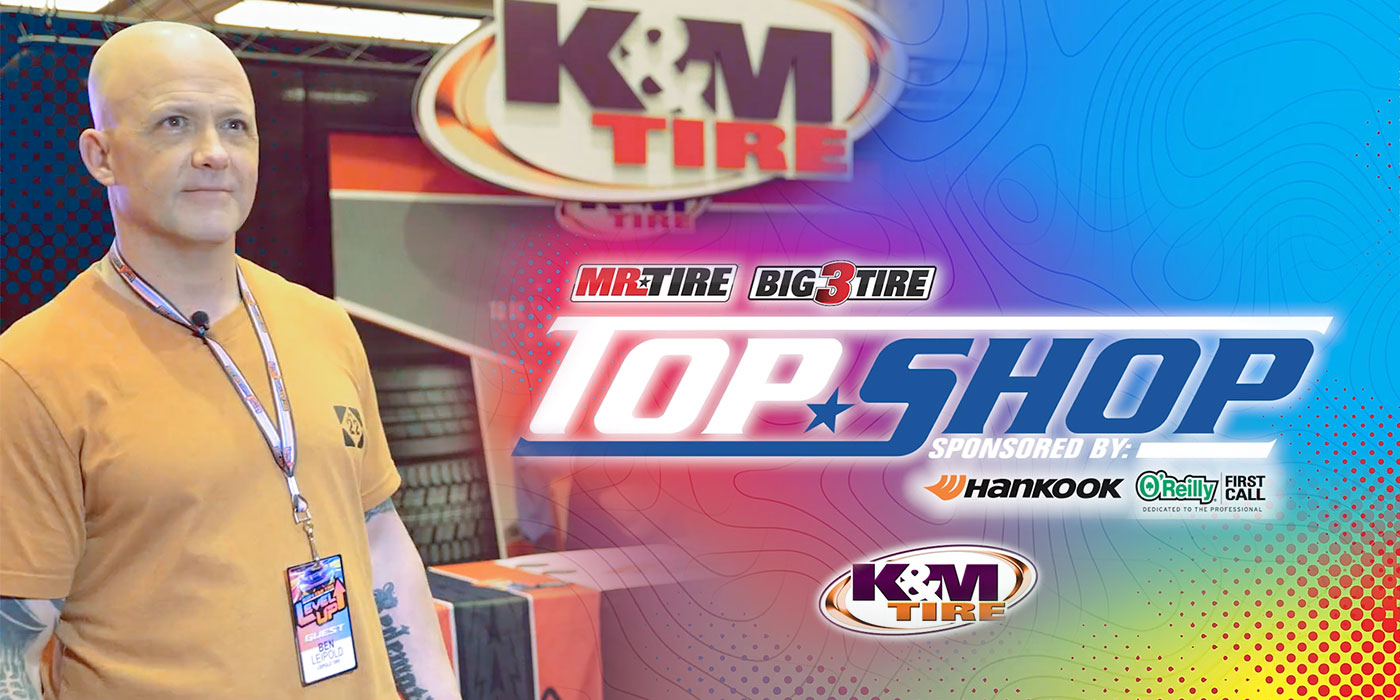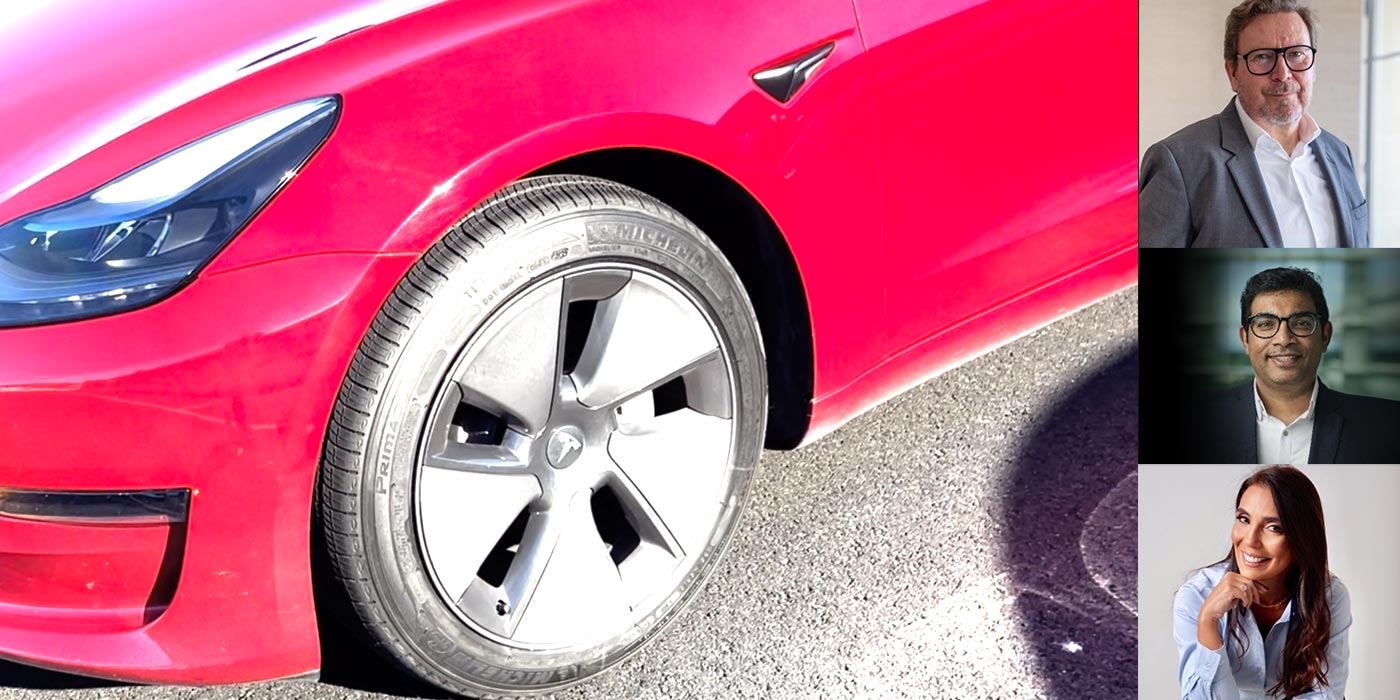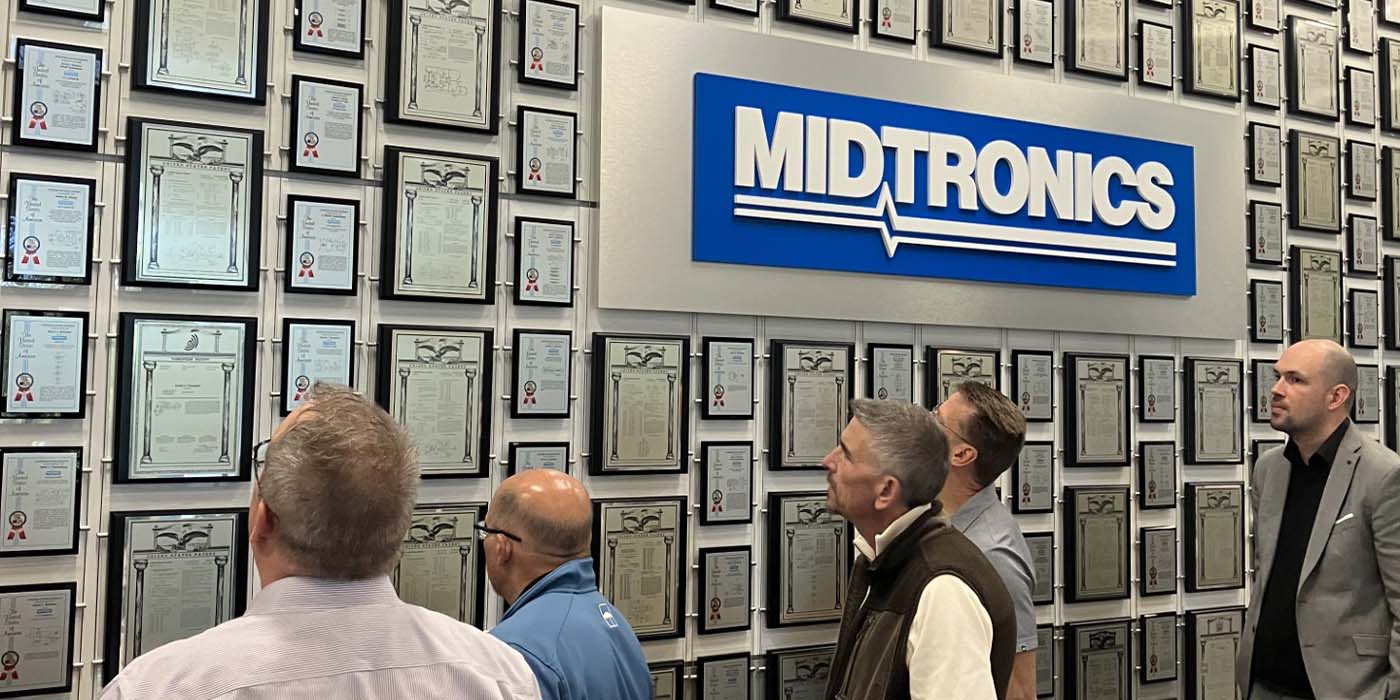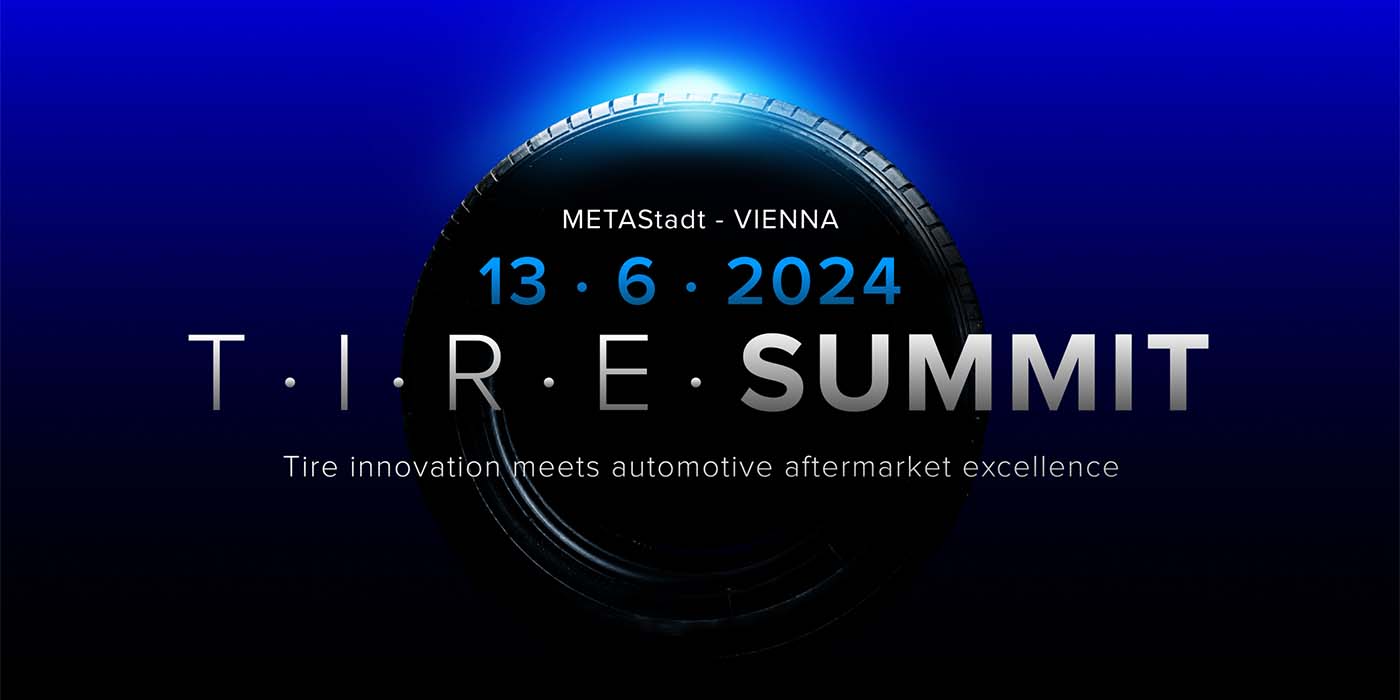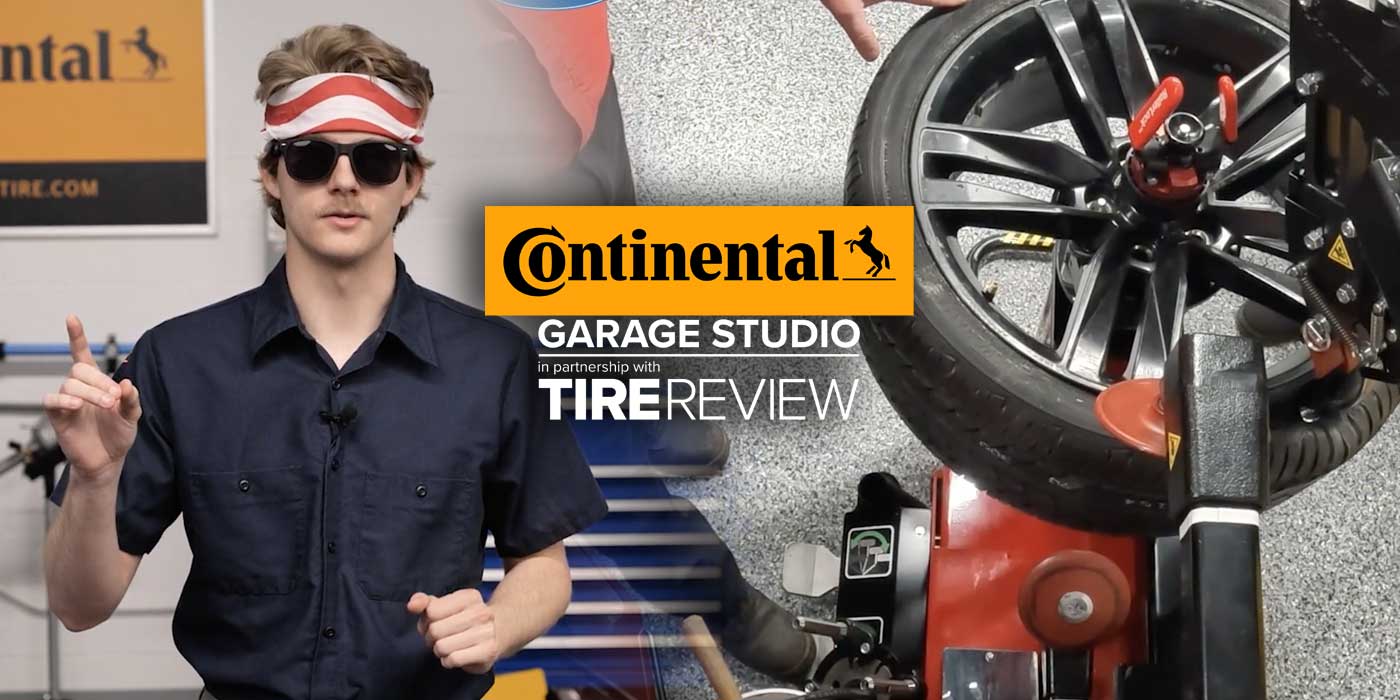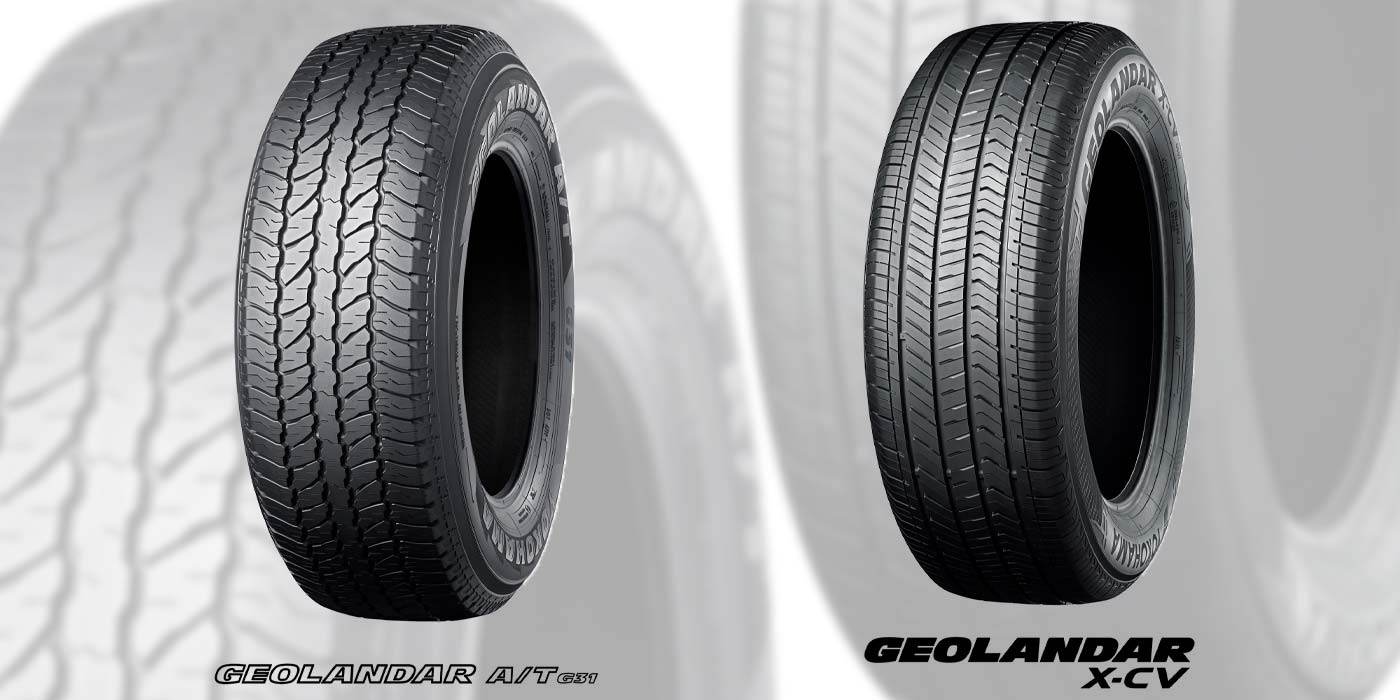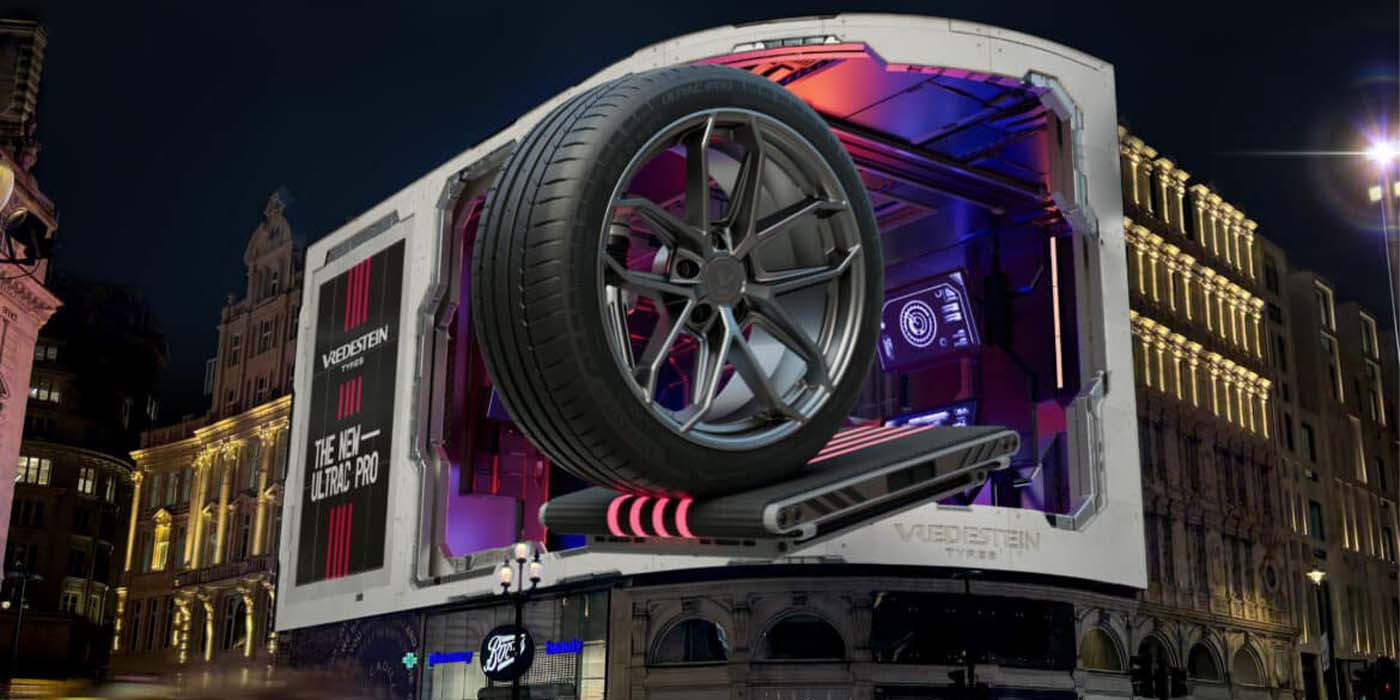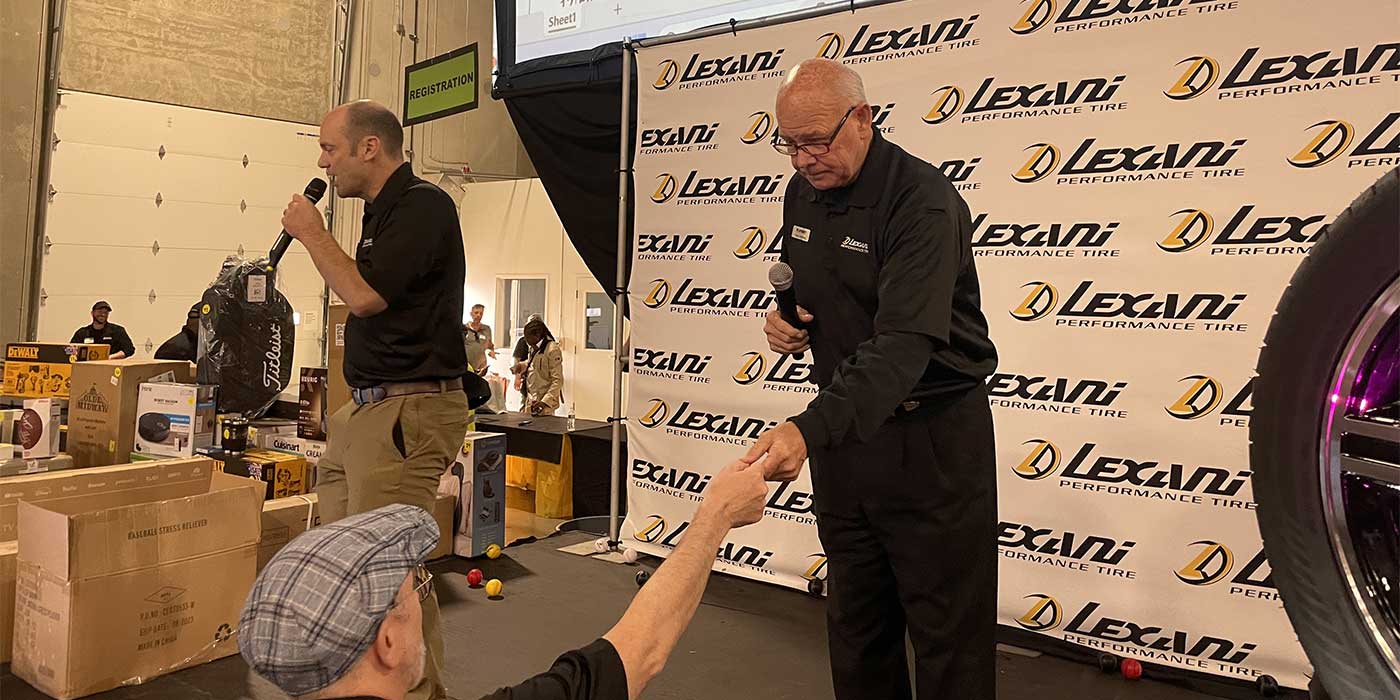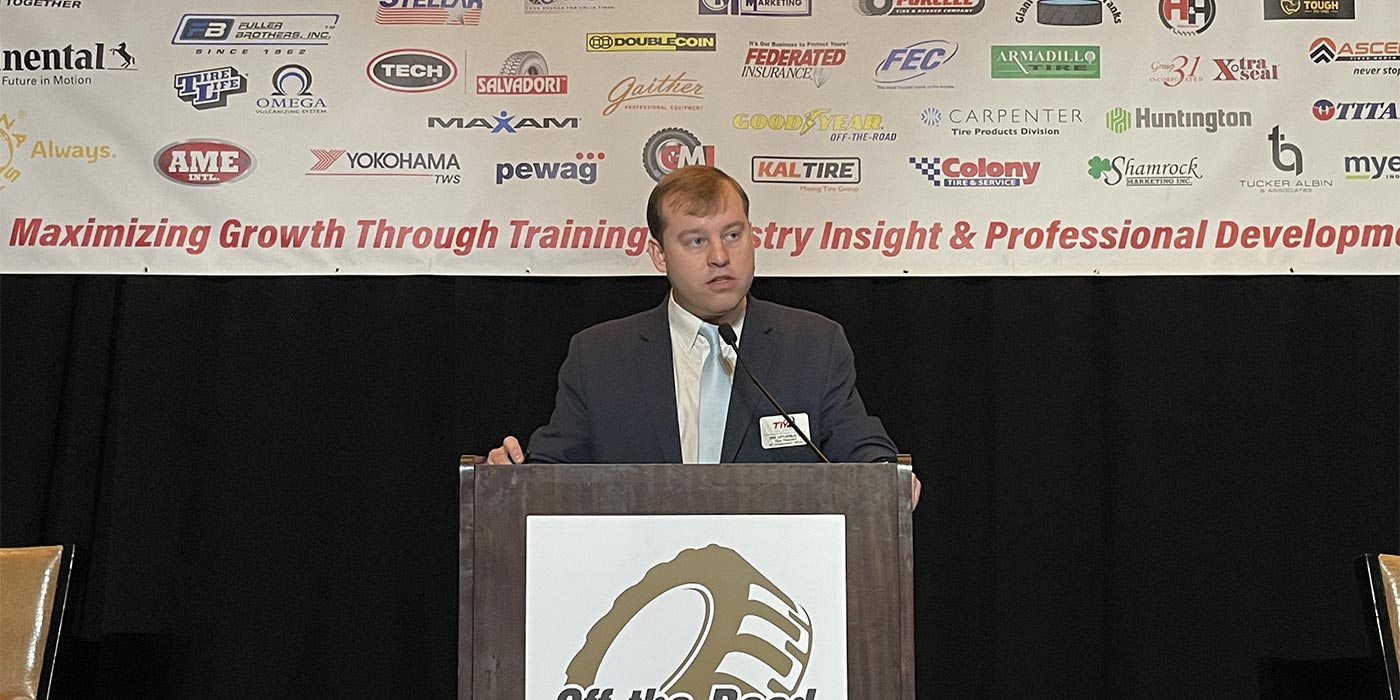But that America began to change on June 29, 1956, when President Dwight D. Eisenhower signed the law launching a massive federal project that had been his dream for decades: the Interstate Highway System.
To mark the 50th birthday of one of the most ambitious and consequential engineering projects in human history, a caravan of highway figures led by Eisenhower’s great-grandson has been traveling across the country by interstate and will arrive in the District of Columbia on Thursday. They have been celebrating a system that includes 47,000 miles of highway with 55,500 bridges, 104 tunnels, 14,750 interchanges and zero traffic lights.
It reaches every state – plus 13 miles in the District – except Alaska; in Hawaii, the superhighways are designated by an "H" rather than an "I." And, it has spawned such basic elements of American life as the suburb, the motel, the chain store, the recreational vehicle, the seat belt, the spring-break trek to Florida, the 30-mile commute and the two-mile traffic jam. Today, nearly nine out of 10 adult Americans have driver’s licenses. The interstate system was born when the word "Communism" had the same emotional impact among Americans that "terrorism" has today. Eisenhower argued that the nation needed a road system that could "meet the demands of catastrophe or defense, should an atomic war come."
The atomic war never came, but the interstates – officially known today as "The Dwight D. Eisenhower National System of Interstate and Defense Highways" – have proved their value in catastrophic times.
More than 2 million Gulf Coast residents evacuated inland in the hours before hurricanes Katrina and Rita struck last summer. In the days after Sept. 11, 2001, notes highway historian Dan McNichol, "when every airplane was grounded, we were able to move goods and people on the interstate system and keep the economy moving."
Specifically designed to accommodate high speeds, the nation’s fastest highways are also the safest. The Federal Highway Administration reports about one fatality for every 100 million vehicle miles on the interstates, about half the death rate of other U.S. roads.
But the nation has paid a social price for all that pavement.
Unsightly stretches of asphalt sprawl now surround virtually every major U.S. city. The continent-wide delivery system that allows Wal-Mart, McDonald’s, Gap, 7-Eleven, Blockbuster and Holiday Inn to offer identical products and services in identical stores from coast to coast has turned a richly diverse nation into a standardized single market – changing the shape of towns across America.
"Exit 59 [off Interstate 80] is about three miles from downtown," notes Gary Person, city manager of Sidney, Neb. "When the highway first opened, people talked about ‘old Sidney’ and ‘new Sidney.’ But today, we’ve got about 50 businesses out there with 3,500 jobs, which is right good for a smaller community. And the gap in between is filling with housing, parks and the like."
With the number of drivers increasing much faster than highway mileage, a system designed to save travel time has become a chronic waste of time for millions of commuters. A study for the Federal Highway Administration found that drivers using interstates in and around large cities spent about 25 hours per year in traffic jams in 1982; by 2002, the annual waiting time was more than 60 hours.
On a national system, though, congestion is a relative term.
"Out here, our measure of congestion is, can you set the cruise control at 70 mph," notes Mike Lackey, a highway engineer retired from the Kansas Department of Transportation. "In Kansas, you can usually set it as soon as you’re on the highway. But my daughter in Boston – she’s forgotten what cruise control is for."
Still, the interstate system is a quantum leap ahead of the haphazard collection of country roads that Eisenhower set out to fix when he entered the White House in 1953.
Dan Holt, director of the Eisenhower Presidential Library in Abilene, Kan., said the president’s concern about highways began in 1919, when he was part of a U.S. Army convoy traveling by road from Washington, D.C., to San Francisco. The trip took 62 days on roads so rotten the Army had to abandon nine trucks along the way.
A quarter-century later, as supreme allied commander in Europe, Eisenhower saw the impact of a modern highway system when his soldiers used the German autobahns – four-lane divided highways with on- and off-ramps and no traffic signals – to pursue Hitler’s army toward Berlin.
"Germany had made me see the wisdom of broader ribbons across the land," Eisenhower wrote later. "After seeing the autobahns, I made a personal and absolute decision to see that the [U.S.] would benefit by it."
But Eisenhower had trouble getting his $50 billion dream through a Democratic Congress. The Republican president proposed paying for the interstate system through tolls, but that was rejected. A giant bond issue was suggested – and rejected, in a period when it was not considered acceptable for the federal government to run up large debts.
The late Rep. Hale Boggs (D-La.) solved the impasse by proposing a dedicated highway trust fund, financed mainly by the federal tax on gasoline. This fund would reimburse the states for 90% of the cost of building the system.
As the states jumped at that prospect, cities and towns mounted intense lobbying campaigns to make sure the interstate came their way.
"To be left off the superhighway was almost a death sentence for a lot of rural towns," notes McNichol, author of "The Roads That Built America: The Incredible Story of the U.S. Interstate System." The fast new roads also meant commercial oblivion for towns, businesses and hotels that had flourished on existing highways. U.S. Route 1 still exists, though I-95 is the preferred road along the East Coast. U.S. Route 66, the storied highway to the West Coast, was decommissioned two decades ago.
Through trial and error, a uniform look and feel was devised for the national network. The red-white-and-blue shield marking an interstate highway and the white-on-green exit signs were universally adopted. Federal planners decreed that every interstate must have at least four lanes.
Following long-standing practice, east-west routes were given even numbers. North-south routes have odd numbers. Urban spurs and circumferential routes have three-digit numbers, such as the beltways around Richmond (I-295), Washington (I-495) and Baltimore (I-695).
Eisenhower wanted the interstate system completed by 1972, but the last two-lane section of the network, through Colorado’s dramatic Glenwood Canyon on I-70, was not improved to interstate standard until 1992. The longest interstate, I-90, finished its 3,020-mile run from Seattle to Boston this year, with the completion of Boston’s "Big Dig" project.
To mark the 50th birthday, federal and state highway departments have organized a 14-day drive that reverses Eisenhower’s 1919 cross-country odyssey.
With Merrill Eisenhower Atwater and other highway luminaries in the lead, a chain of cars, vans, buses, trucks and motorcycles has made its way over mountain and plain. The convoy stopped at Kansas Exit 275 on I-70, to visit Eisenhower’s childhood home in Abilene; at Akron, Ohio, on I-77 to see where Harvey Firestone developed the modern automotive tire; and at Emmitsburg, Md., off I-70, where Eisenhower’s 1919 convoy got hopelessly stuck in mud, prompting him to start thinking about building better highways.
On June 29, the official birthday of the interstate system, the cross-country caravan was to arrive at the Zero Milestone on the Ellipse in Washington, the place where Eisenhower’s convoy started a journey that would have momentous implications for American drivers.



